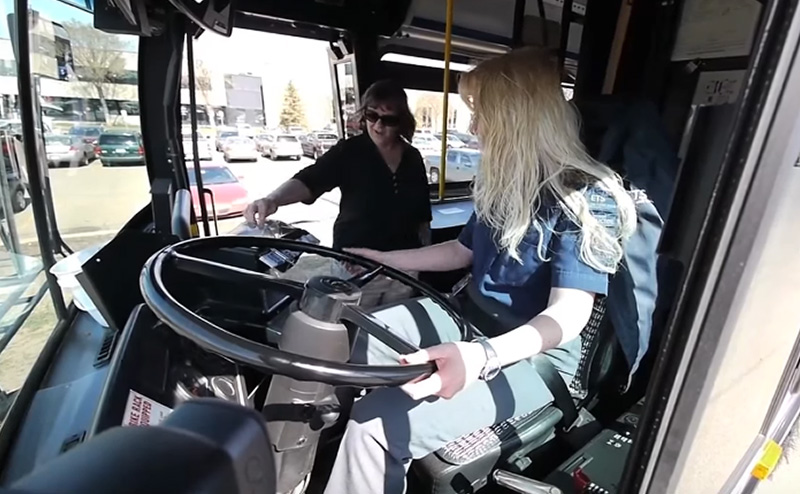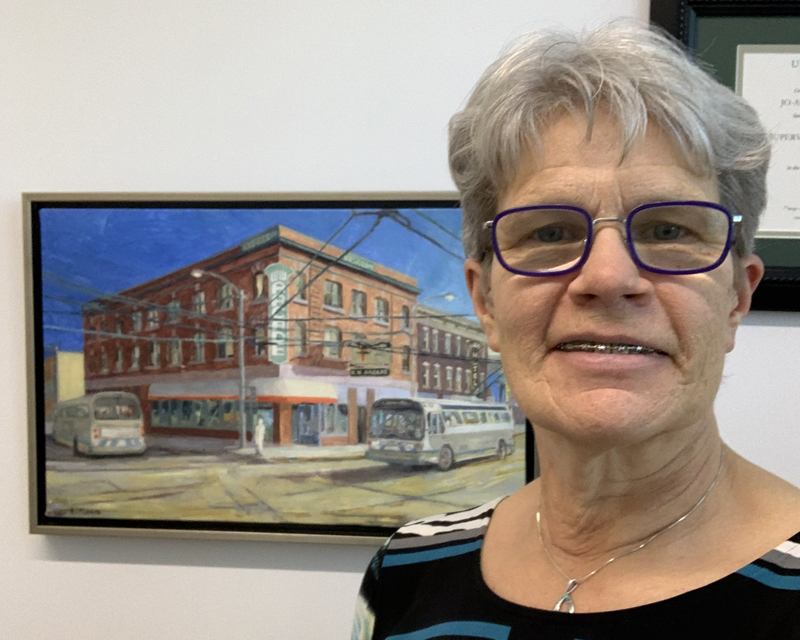Before You Apply
Review the qualifications and requirements carefully before submitting your application. Transit Operators at ETS may operate a variety of vehicles. These include 40' or 60' conventional buses, 30' On Demand Transit vehicles, electric buses, articulated buses and Dedicated Accessible Transit Service (DATS) vehicles. To become a Light Rail Transit (LRT) Operator, you need six months of experience as a transit operator and additional training.
For Transit Operator
- Grade twelve (12) or GED. If education is from outside of Canada, you must obtain a Canadian equivalency OR an equivalent combination of training and experience (2 years of professional driving experience with passengers and a minimum of 2 years of experience in the customer service field that includes dealing with the public face-to-face)
- Demonstrated success dealing with the public in a position that requires excellent interpersonal, problem-solving, conflict resolution and independent decision-making skills.
LRT Operator
To become an LRT Operator, you must first complete a 6-month probationary period as a Transit (Bus) Operator. There are two ways to become an LRT Operator:
- Sign up for an LRT shift during a major signup period.
- Add your name to the list of interested operators to receive training without signing up for a shift.
LRT Operator training lasts 31 working days and is scheduled based on signed shifts, seniority, and departmental needs.
DATS Operator
- Upon completing the regular Transit Operator training program, Operators can then sign up for a DATS shift during a major signup period. The training, scheduled for all operators who sign up for a DATS shift, will last 15 working days.
- Valid Alberta Class 5 driver's licence (or higher) or provincial equivalent (non-probationary and non-graduated)
- Applicants must have held a valid licence for the last 5 consecutive years
- MUST provide a minimum 5-year Commercial Driver's Abstract with the job application meeting all of the following criteria:
- No more than 3 demerits (or equivalent). (The Defensive Driving course to reduce demerits is not recognized by ETS.)
- No more than 1 moving violation/conviction within the last five years.
- No past or pending license suspensions or Criminal Code suspensions or convictions within the last 5 years.
- Non-driving related suspensions of registry services, if indicated, must show a reinstatement date.



